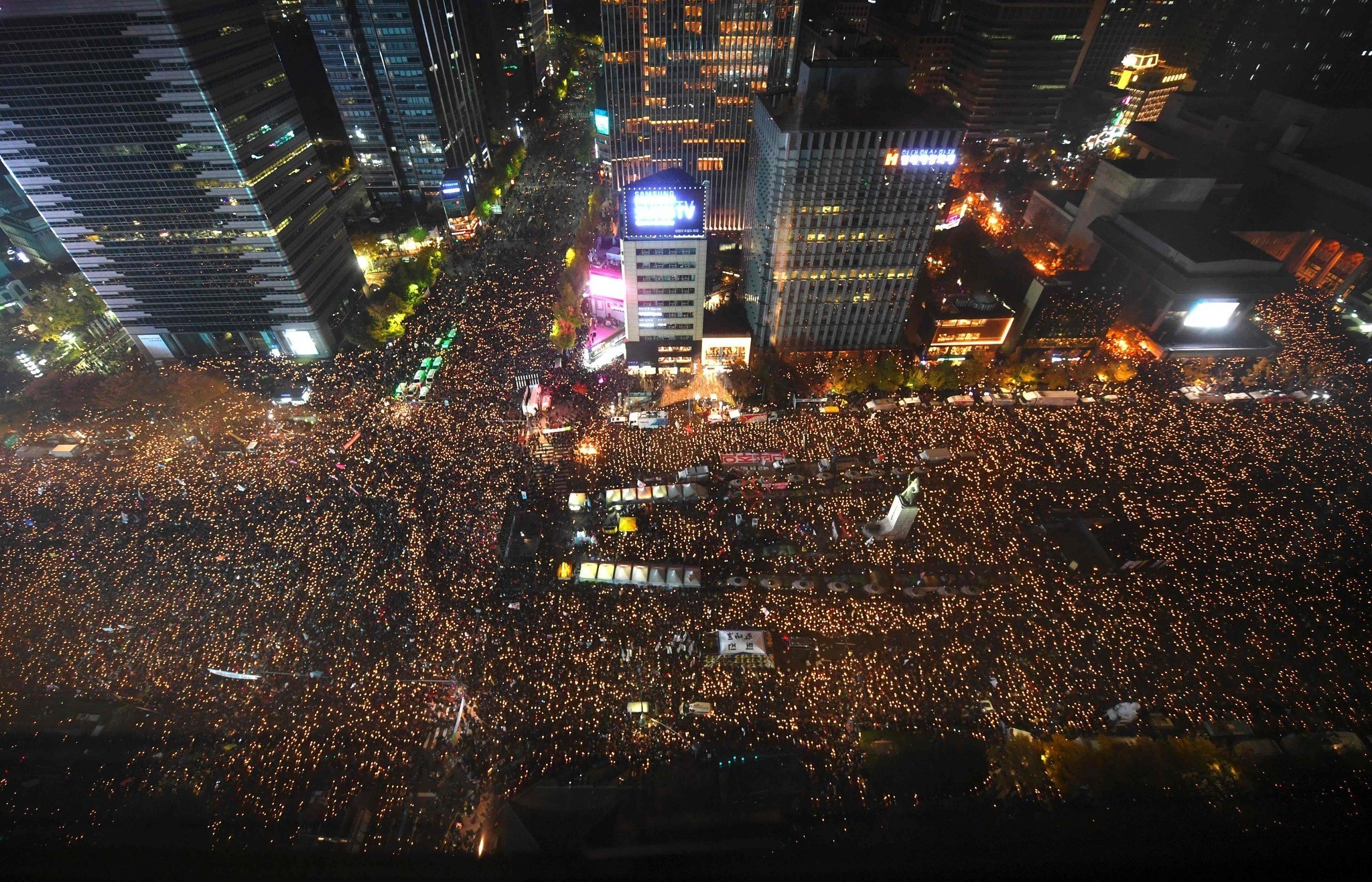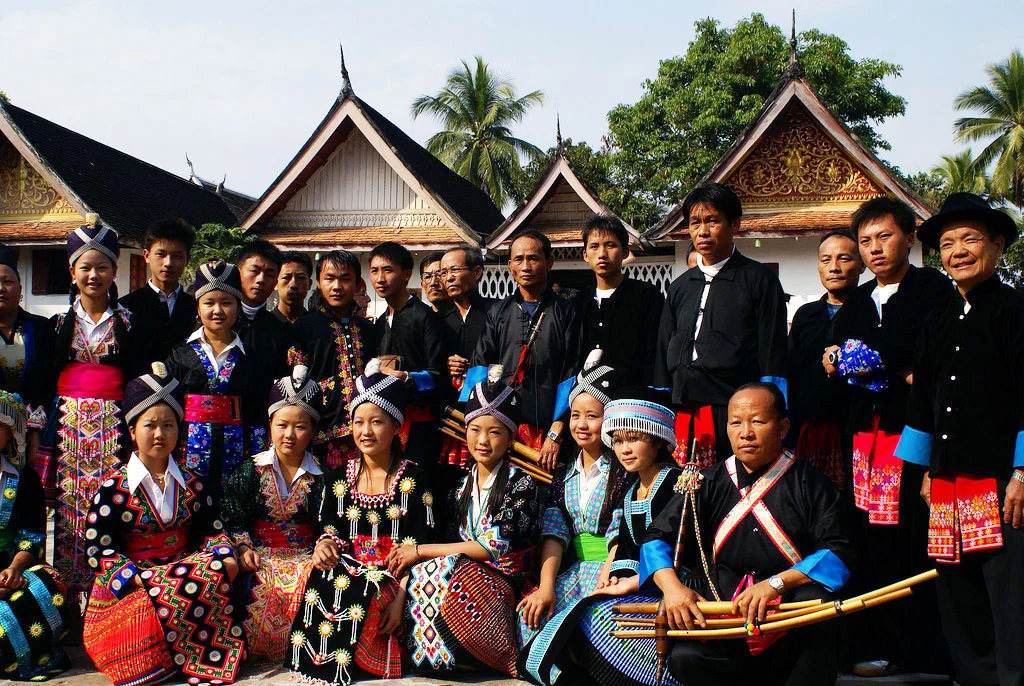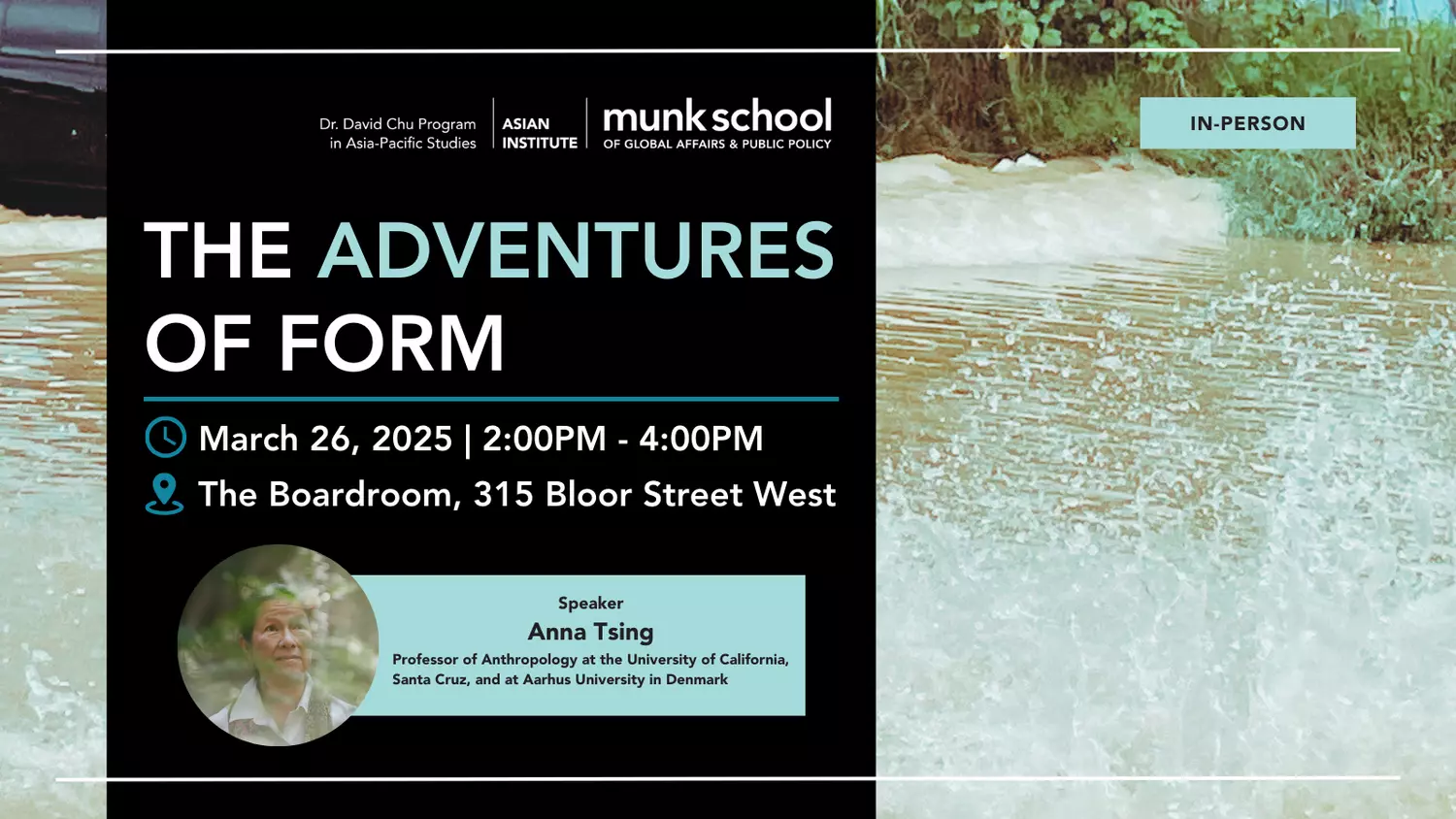On 26 October 2017, the Centre for the Study of Korea sponsored a lecture at the Munk School of Global Affairs titled “Igniting the Internet: South Korea’s Internet-Born Protests and Popular Politics, 2002 to 2017.” The speaker was Jiyeon Kang, associate professor of Communication and Korean Studies at the University of Iowa, and the lecture was chaired by Yoonkyung Lee, associate professor in the Department of Sociology at the University of Toronto.
The lecture, based on Kang’s book of the same name, examined the roles of youth and the Internet in candlelight protests and the meaning of such protests in South Korea’s postwar democracy. In particular, the lecture focused on the major candlelight protests over United States beef imports that occurred in 2008 and 2016, the latter leading to the ousting of President Park Geun-hye.
The 2008 United States beef protests occurred after conservative president Lee Myung-bak reversed the ban on United States beef imports, put into place after mad cow disease began spreading among American cattle. According to Kang, the Internet played a pivotal role in the beef protests, in what she referred to as the politics of captivation. “Viral” posts and images—such as those of livestock dying of mad cow disease—create an emotion in the viewer that cannot be articulated. Kang shared an anecdote from a young Korean woman she interviewed, who said that the viral video of the dying cow was relatable to her own situation being “trapped” in an intensely competitive school system. Kang also noted other factors such as the ubiquity of the Internet in South Korea, one of the most wired countries in the world, and the flourishing of online communities like Daum and Cyworld that become important sources of news and information. Regarding why teenagers played such an important role in candlelight protests, Kang pointed to the fact that South Korean colleges, once radical hotspots, became more concerned with job prospects after the 1997 Asian Financial Crisis, while high schools became more liberalized simultaneously with the liberalization of Korean history textbooks.
Many of the audience questions in the Q&A that followed the lecture were concerned with the relevance of the topic to the current political climate, particularly in the United States. One audience member compared the South Korean candlelight protests to the 2008 United States election, which also saw an unprecedented turnout and activism among young people. In her answer, Kang spoke of the uncertain future of the candlelight vigil and the ease by which it can be co-opted by differing political stances. When asked how the political apathy of youth seen in other parts of the world might “erupt” into activism, Kang pointed to the physical requirements of a protest. For example, a city must be able to host a huge gathering of people in one place (e.g. Gwanghwamun Square), young people must be able to mobilize safely (e.g. public transit), and the protest must be an immersive, 24/7 experience (e.g. televised).
In her conclusion, Kang reiterated the demo’s, or the people’s, ability to be “captivated” by either a viral image on the Internet or the politics of a populist figure. She also emphasized the “repeat participation” of candlelight vigils, as children who attend protests with their parents grow up into young adults eager to participate in protests of their own generation.
Clara Hong is an undergraduate student at the University of Toronto studying Neuroscience and East Asian Studies. She is currently serving as a Copy Editor for Synergy.








